7 Veterinary Tools for Treating Small Rodents and Exotic Pets: A Comprehensive Guide
February 3, 2025 2025-02-03 11:467 Veterinary Tools for Treating Small Rodents and Exotic Pets: A Comprehensive Guide
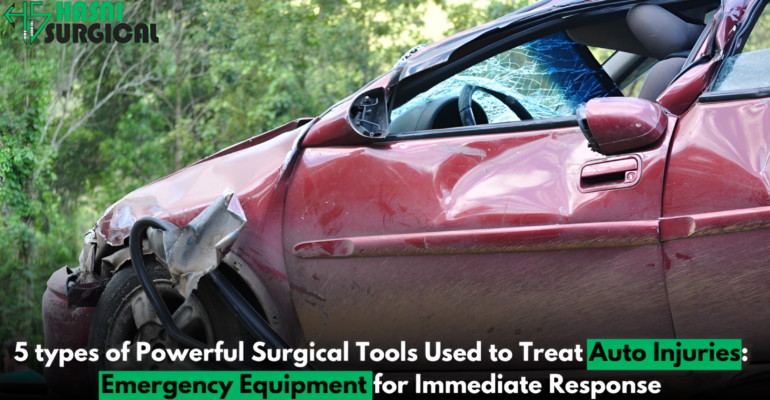
7 Veterinary Tools for Treating Small Rodents and Exotic Pets: A Comprehensive Guide
With the current trend of accepting small rodents and exotic pets in society, veterinary practices also change to match the needs that these animals are presenting. With tiny hamsters and guinea pigs to some of the reptiles and birds, every animal species presents veterinarians with certain challenges. Most importantly, proper treatment of small creatures depends highly on access to specialized surgical veterinary tools designed for anatomy.
In this comprehensive guide, we will focus on veterinary instruments for small rodents and exotic pets, with an emphasis on miniaturized surgical instruments that can be used for precise and delicate interventions.

The Increasing Demand for Exotic Pets
During the last ten years, demand for exotic pets has increased to unforeseen levels. Owners of domestic pets are seeking more companionship than the traditional cat and dog can offer. This has led to an increased adoption of small mammals, reptiles, birds, and even amphibians. Hamsters, guinea pigs, chinchillas, parrots, and geckos are some common members of current homes.
This has led to a demand for the veterinary professionals to acquire knowledge of handling these species. Due to their peculiar physiology and small size, exotic pets require special handling that is above the conventional training of a veterinary professional.
Specialized Surgical Veterinary Tools
Tiny rodents and animals from exotic areas have delicate and peculiar anatomical features that cannot fit standard surgical equipment. Surgery for a 100-gram hamster or for a delicate parakeet would require precision best achieved with specially designed instruments.
Miniaturized surgical tools are particularly necessary in all of the following ways:
- Tissue trauma will be minimized
- Precise incision would be ensured
- Recovery times will be reduced
- Surgical outcomes will be improved
This equipment helps veterinarians to carry out sensitive procedures like tumor removal, dental corrections, wound closures, and even orthopedic repairs.
Basic Veterinary Equipment for Small Rodents and Exotic Pets

1. Micro Scalpels and Scissors
Micro scalpels and scissors are adequate for use in incising and cutting operations with very keen accuracy. Their ultra-sharp, fine-tipped end is designed to facilitate the provision of controlled movement in the cutting line to prevent other tissues from being damaged by accidents.
Common uses:
- Tumor removal
- Dissection of soft tissues
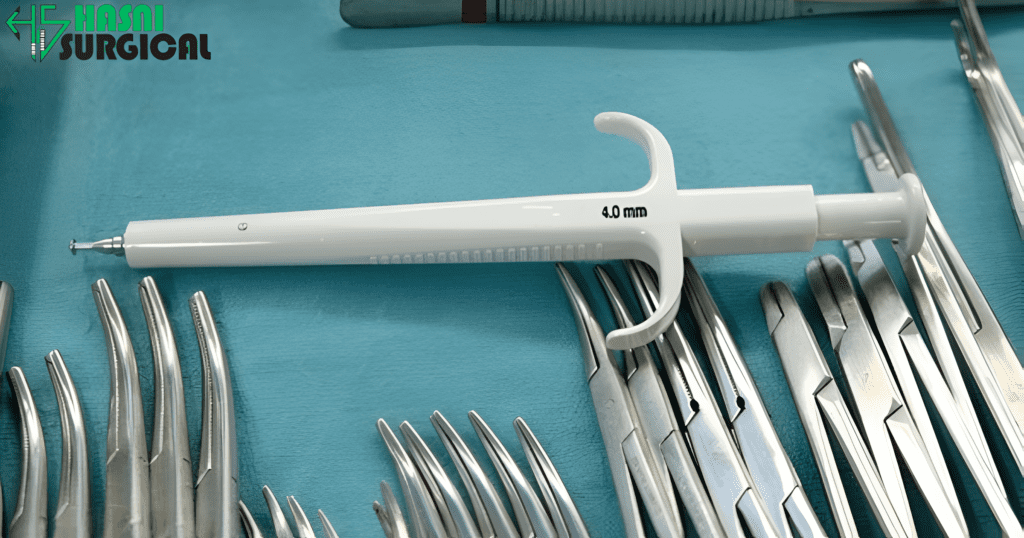
2. Miniature Forceps and Needle Holders
Miniature forceps and needle holders are used to grasp and maneuver small tissue or suture in delicate tissue handling. They provide the grip needed without crushing the fragile structure.
Common Use:
- Suture placement
- Tissue handling
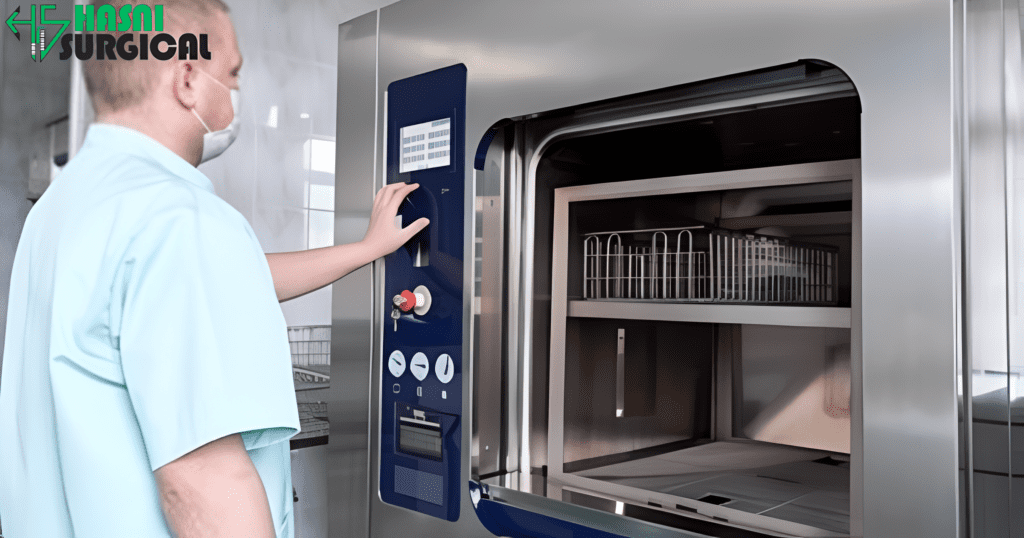
3. Small Bone Cutters and Rongeurs
For procedures on small mammals and reptiles, miniature bone cutters and rongeurs are inevitable in orthopedic surgery. These help make fine cuts and bend bones as needed in the repair of fractures.
General Uses:
- Fracture management
- Bone remodeling

4. Small Animal Dental Instruments
Rodents’ teeth grow continuously, and their poor dental health is a frequent problem. Overgrown teeth and dental abscesses are usually managed using rodent-specific mouth gags and burrs.
Common uses:
- Tooth cutting
- Abscess drainage
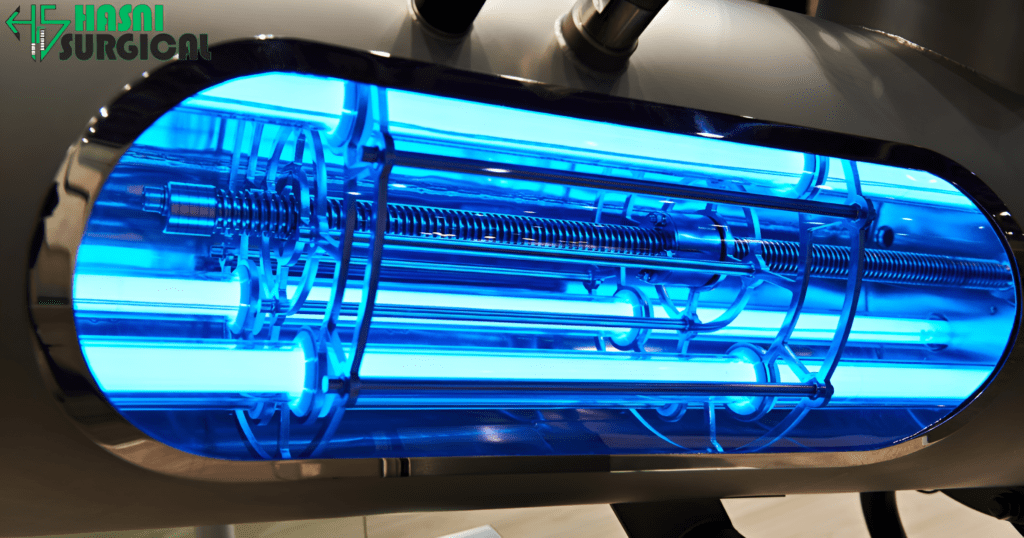
5. Magnification and Illumination Instrumentation
They are also smaller in size. For that reason, magnification tools such as surgical loupes and bright, focused lighting are essential in doing this procedure with accuracy.
Common uses:
- Better visualization in surgeries
- Thorough dental examinations
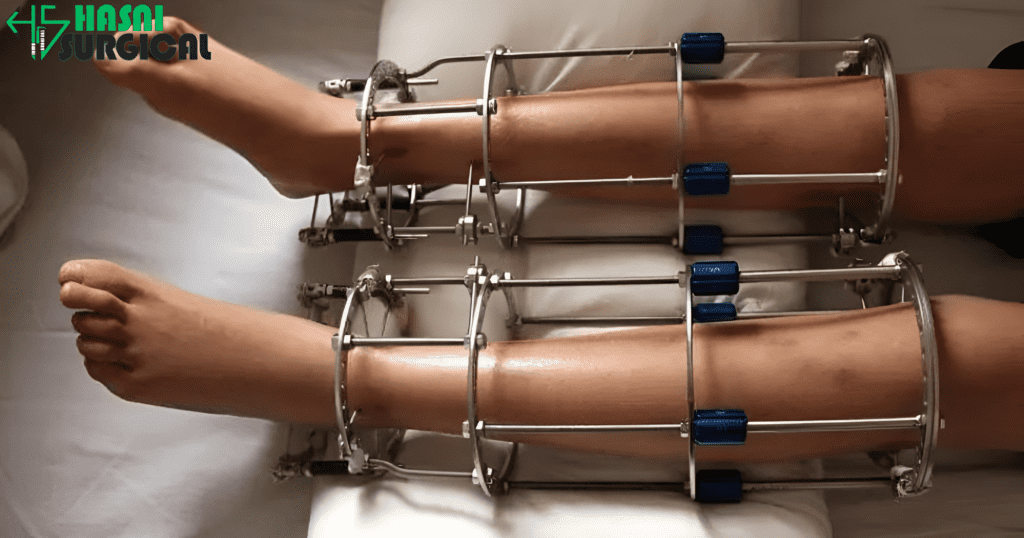
6. Micro Sutures and Needles
These are large sutures that do not have a good fit with small rodents and exotic pets. Wound closure with the least trauma requires the use of fine needles.
Routine Uses:
- Soft tissue closures
- Skin repairs

7. Anaesthesia and monitoring equipment
It is challenging to administer anesthesia to small exotic animals due to their high metabolic rates and sensitivity. For safe surgical outcomes, precision vaporizer systems and monitoring devices need to be adapted to their sizes.
Common Applications:
- Anesthetic maintenance.
- Monitoring vital signs during surgery
Advanced Care of Small Rodents and Other Exotic Animals
The technological advancements are being driven to another dimension, as the veterinary care and treatment of these exotic animals have been constantly undergoing changes that transcend recognition. Minimally invasive surgical techniques serve as better means of diagnosis and many more are now possible under the quality aspects of veterinary care.
Some key trends include:
- Laser Surgery: Reduced Blood Loss and Laser Precision
- 3D Printing for Prosthetics: Custom prosthetics for injured or disabled exotic pets
- Telemedicine: treating exotic animal owner in a rural setting
Handling of Exotic Pets: Guidelines for the Animal Owners
To keep small rodents and exotic pets healthy, their owners should do:
- Schedule veterinary check-ups regularly
- Maintain suitable diet and habitat conditions
- Check for any signs of illness, such as lethargy or changes in appetite
- Treat pets gently to avoid stress and injuries
The Role of Hasni Surgical in Veterinary Care
At Hasni Surgical, we know so well that there is such an importance to quality instruments in care for small rodents and other exotics and the delicate needs presented in such procedures. Our line of precision-crafted tools—minimally invasive surgical instruments—meets the needs for these advanced procedures.
Commitment to producing reusable veterinary surgical solutions for the past many decades has remained our aim towards innovation and quality.
Conclusion
With the trend of small rodents and exotic pets on the rise, there is a greater need for special veterinary care and surgical tools. By investing in such miniaturized instruments for these delicate animals, better outcomes and quality of life will be realized for these unique patients in the hands of the veterinarian.
At Hasni Surgical, we maintain our stand on supporting the veterinarians in relying on effective precision tools in line with changes expected in veterinary medicine. For every veterinary tool our vets want for quality provision in veterinary work up to keeping a pet in captivity that calls for the highest possible care, there is always the need to place innovation and quality at the fore.
For more information on our veterinary instrument range, please visit our website or contact us today.
